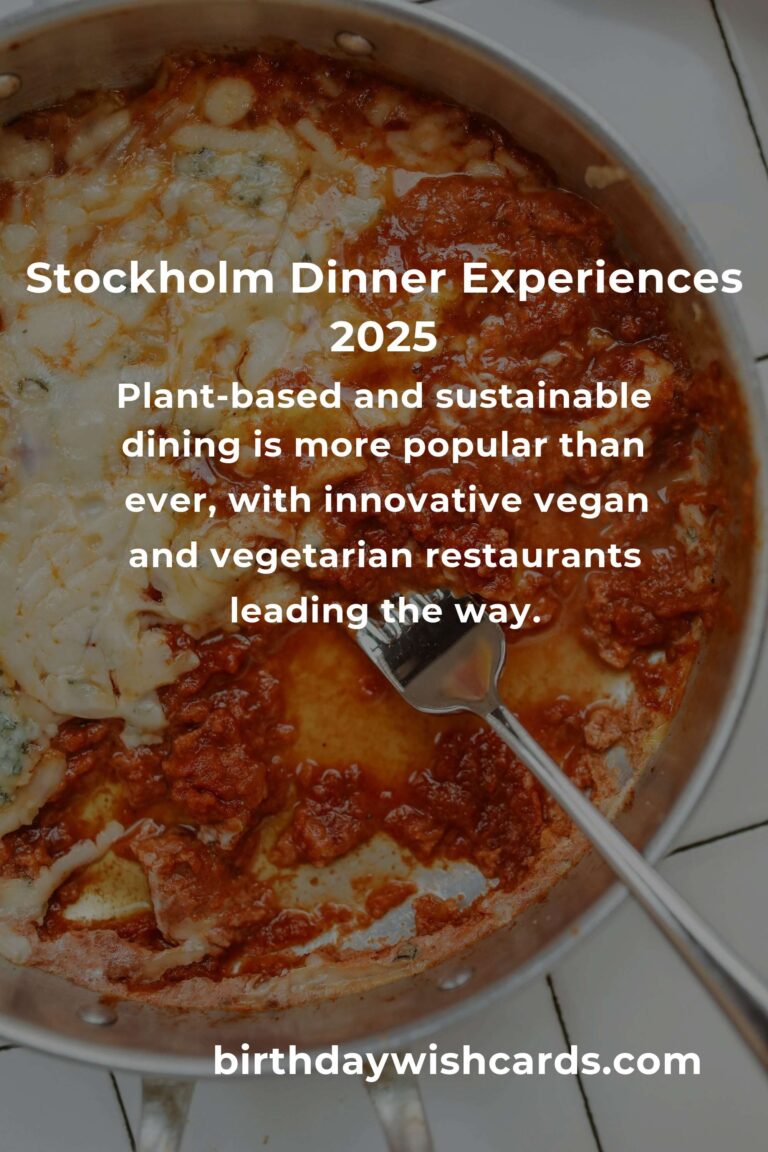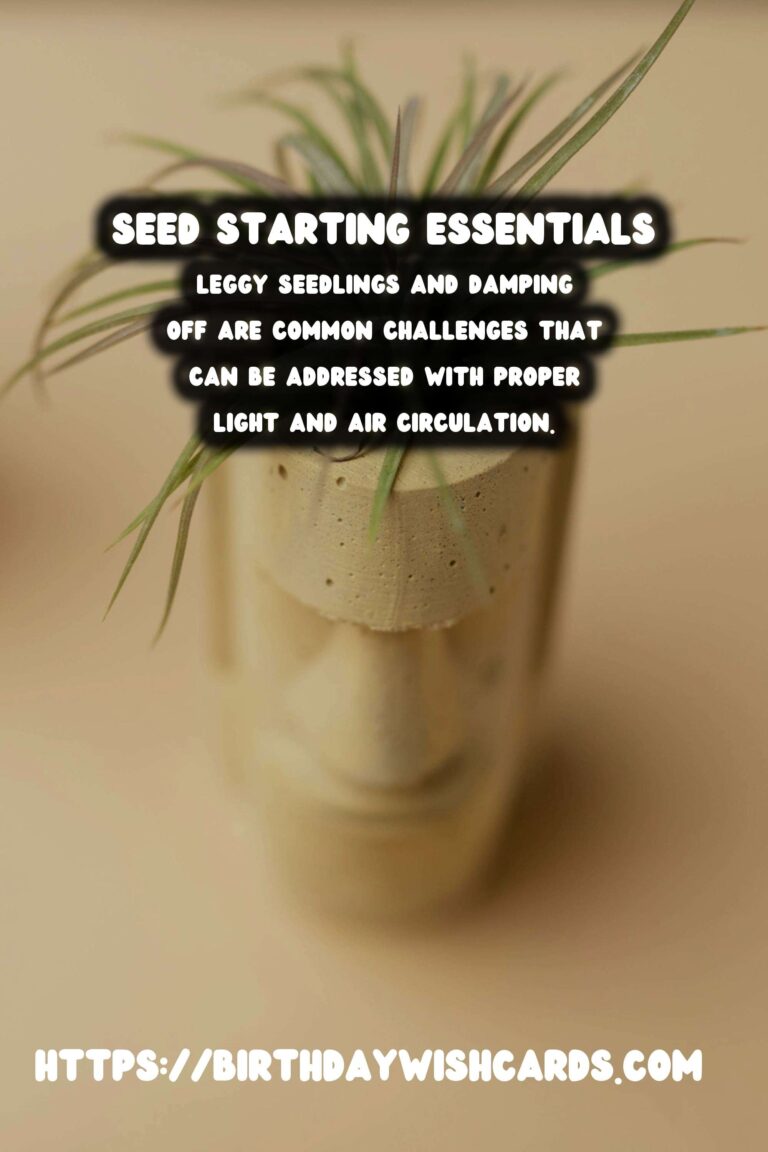
Plant propagation is a fascinating process that allows gardeners and plant enthusiasts to multiply their favorite plants. One of the most common methods of propagation is seed starting. This technique involves growing plants from seeds, which can be both rewarding and cost-effective. In this guide, we will explore the key aspects of seed starting, including the materials needed, best practices, and common challenges.
What is Seed Starting?
Seed starting is the process of germinating seeds and growing seedlings indoors under controlled conditions. This allows for a head start on the growing season, especially in regions with short growing periods. Seed starting offers gardeners control over the growing environment, which can lead to healthier and more resilient plants.
Benefits of Starting Seeds Indoors
There are several benefits to starting seeds indoors. Firstly, it extends the growing season, allowing you to plant tender crops that require a longer period to mature. Secondly, it gives you the freedom to grow a wider variety of plants, including those that may not be readily available as transplants. Additionally, growing from seed is often more economical than purchasing established plants.
Essential Materials for Seed Starting
To successfully start seeds indoors, you will need a few essential materials. These include seed trays or pots, a quality seed-starting mix, grow lights or a sunny windowsill, and seeds. Additionally, having a spray bottle for watering, a heat mat to maintain soil temperature, and labels for identifying seedlings can be helpful.
Steps for Successful Seed Starting
The process of seed starting involves several key steps:
- Selecting Seeds: Choose seeds that are appropriate for indoor starting and suited to your climate.
- Preparing Containers: Use clean seed trays or pots with drainage holes to prevent waterlogging.
- Planting Seeds: Follow the planting depth instructions on the seed packet, as different seeds have varying requirements.
- Watering: Keep the soil consistently moist but not waterlogged. Mist seedlings gently with a spray bottle.
- Providing Light: Ensure seedlings receive adequate light, either from grow lights or a sunny location.
- Hardening Off: Gradually acclimate seedlings to outdoor conditions before transplanting.
Common Challenges and Solutions
While seed starting can be straightforward, it comes with its own set of challenges. Here are some common issues and solutions:
- Leggy Seedlings: This occurs when seedlings stretch toward the light, often due to insufficient light. Ensure they have adequate light exposure.
- Damping Off: A fungal disease that affects seedlings, causing them to wilt and die. Avoid overwatering and ensure good air circulation.
- Poor Germination: If seeds fail to germinate, check the viability of seeds and ensure optimal temperature and moisture conditions.
Conclusion
Seed starting is a valuable skill for any gardener looking to expand their planting options and take control of their growing environment. By understanding the basics of seed starting, selecting the right materials, and following best practices, you can enjoy a successful and bountiful gardening season.
Seed starting is the process of germinating seeds and growing seedlings indoors under controlled conditions. Starting seeds indoors extends the growing season and allows for a wider variety of plants. Essential materials for seed starting include seed trays, a seed-starting mix, and adequate lighting. Leggy seedlings and damping off are common challenges that can be addressed with proper light and air circulation. Seed starting offers gardeners control over the growing environment, leading to healthier plants. 
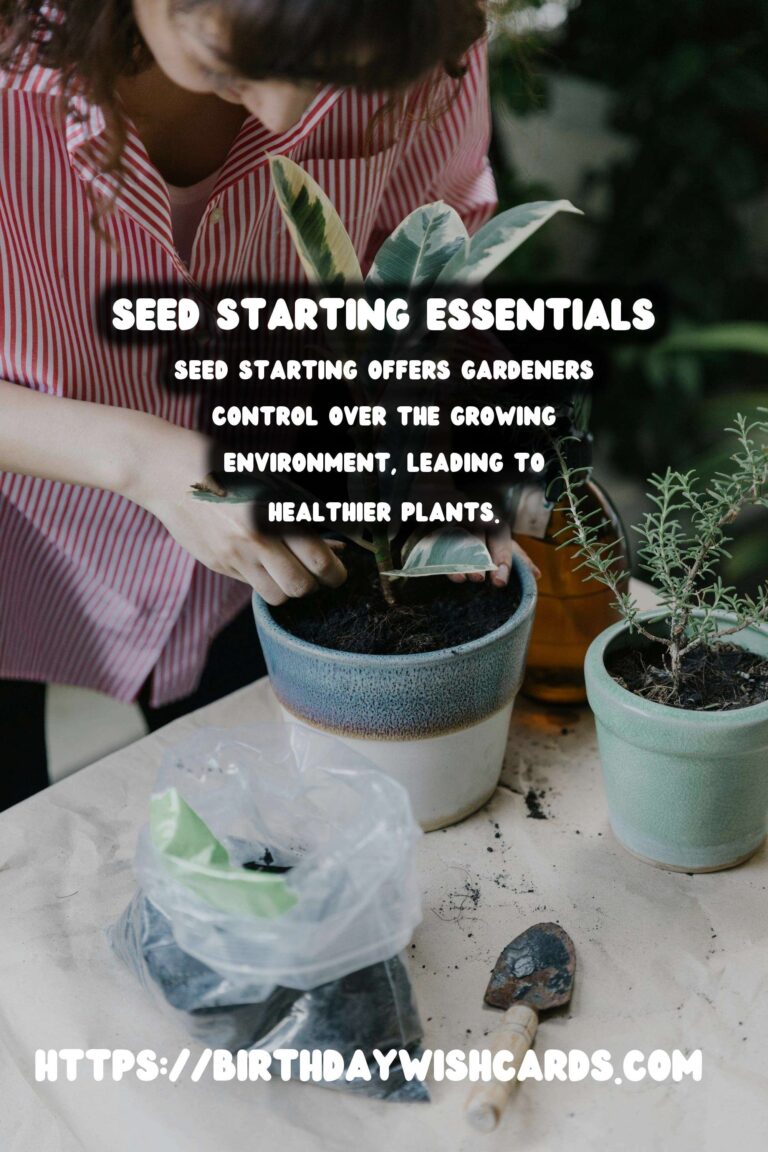
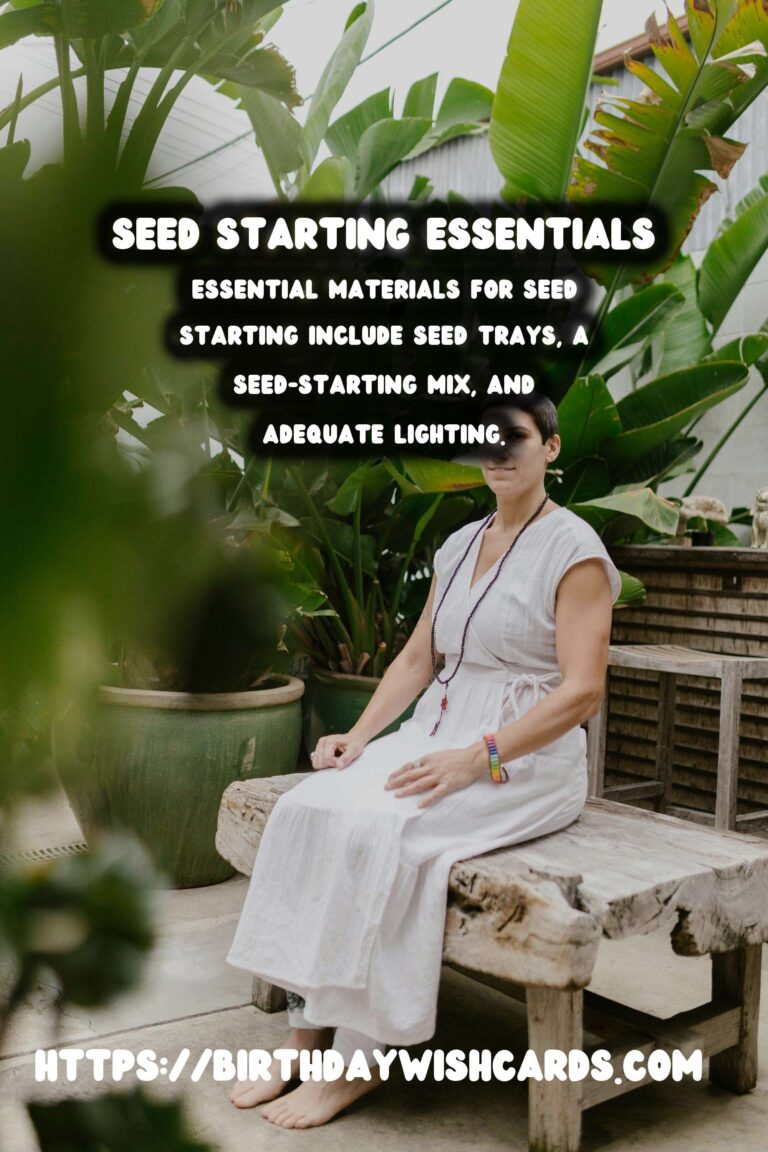
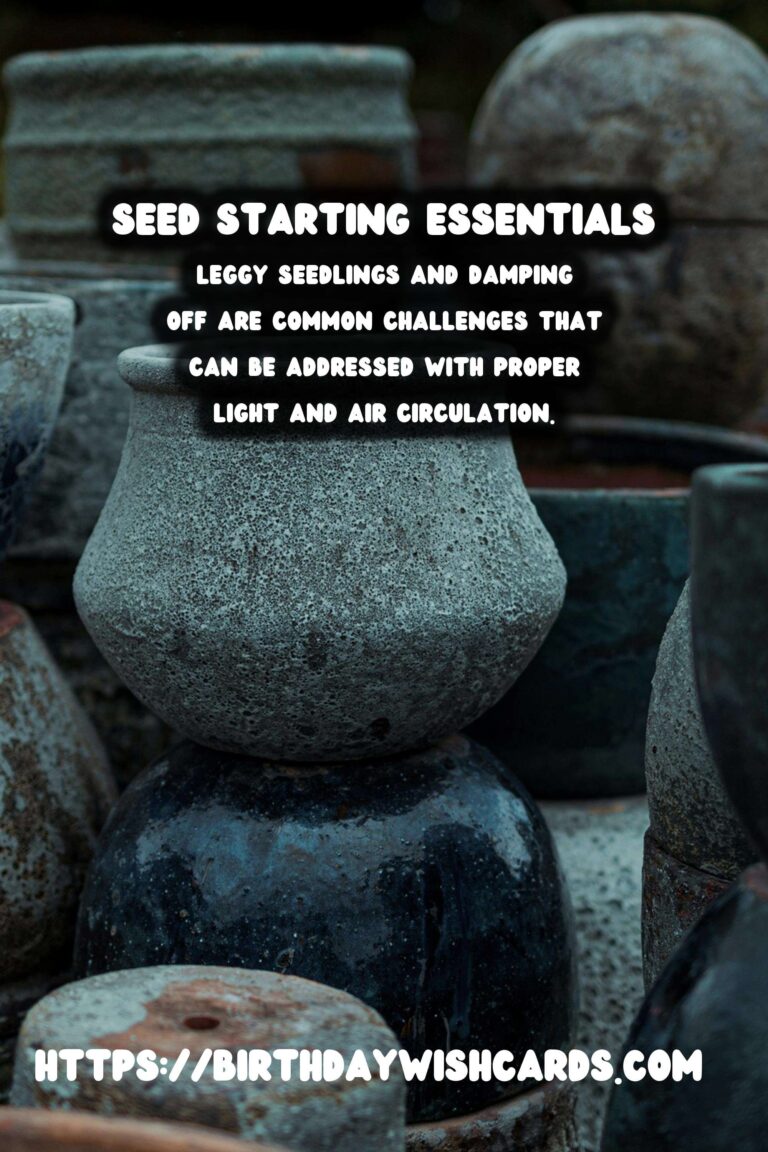
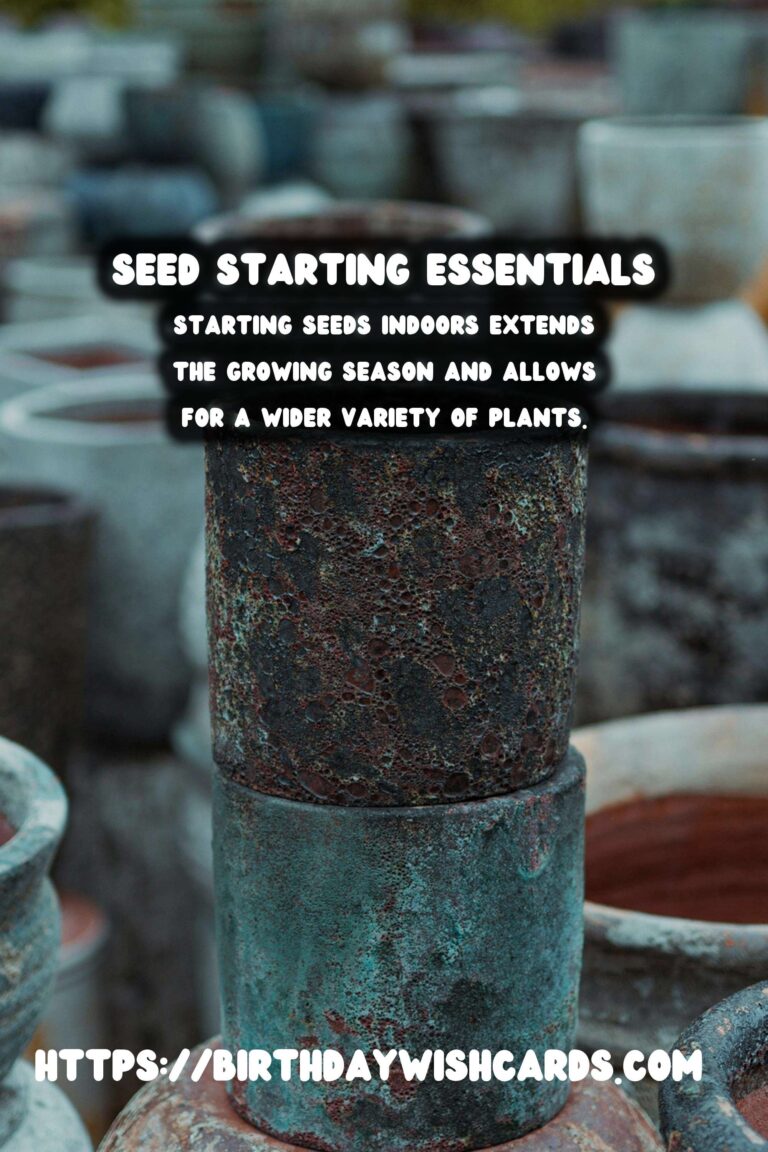
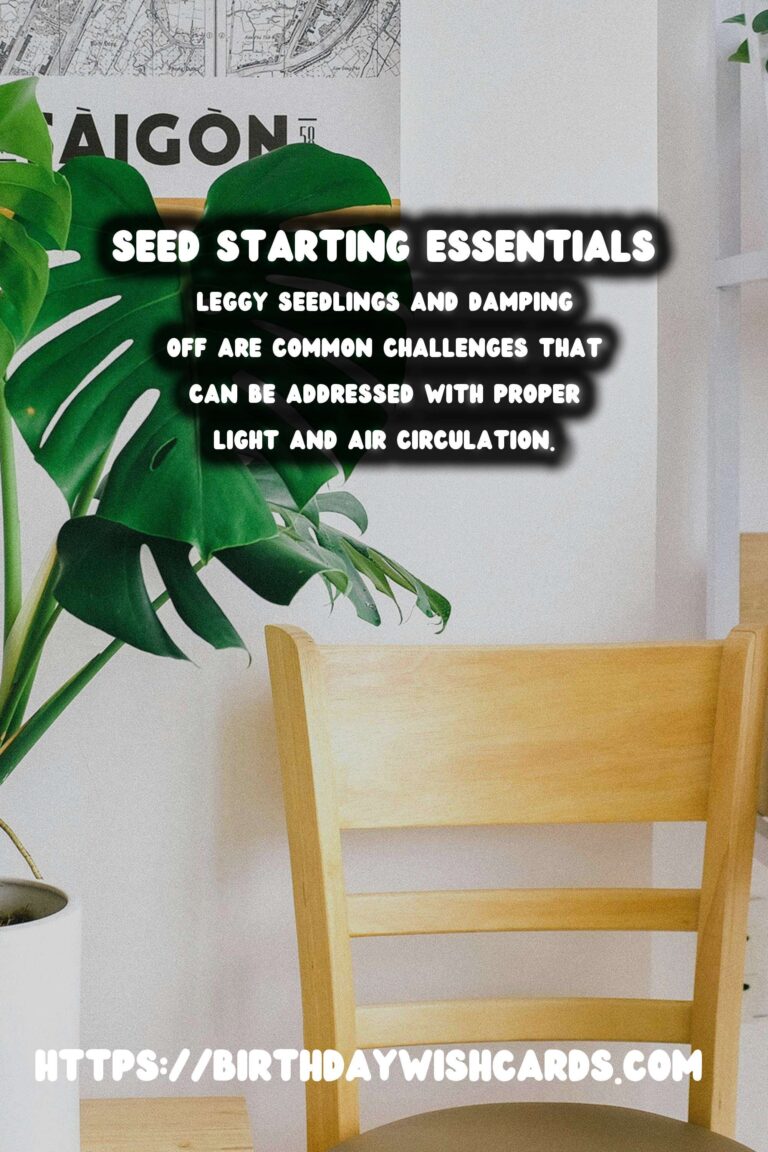
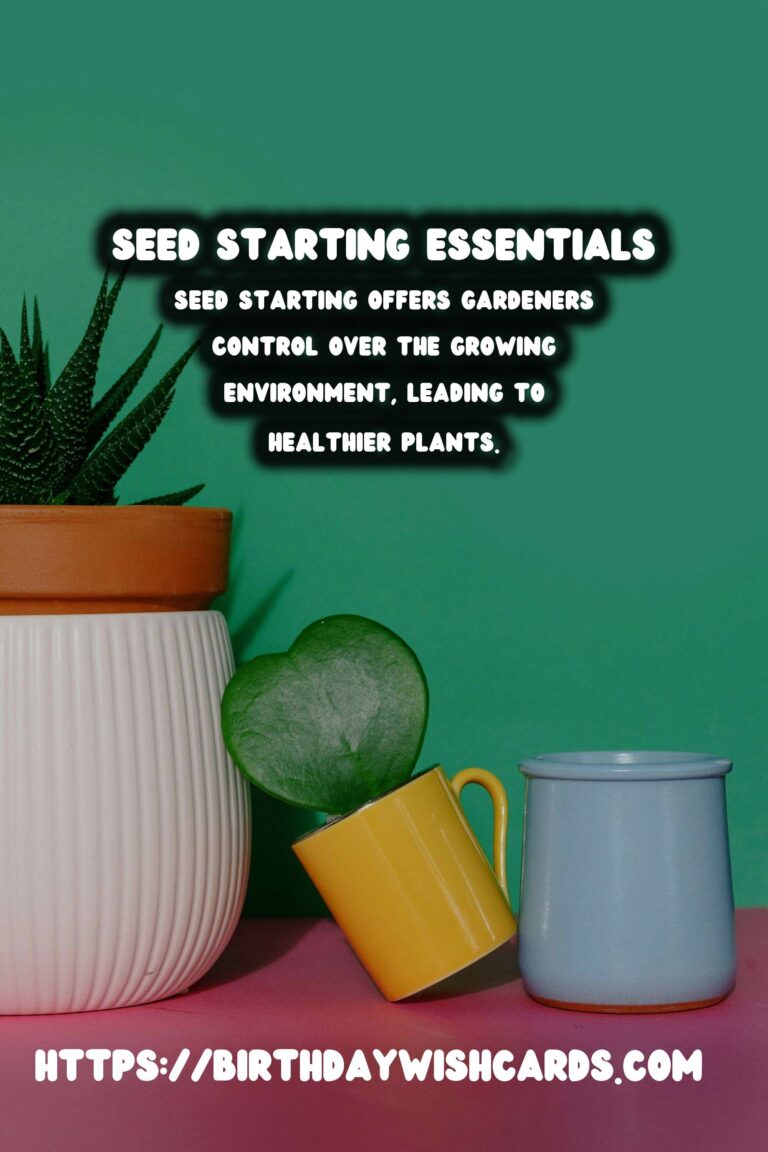
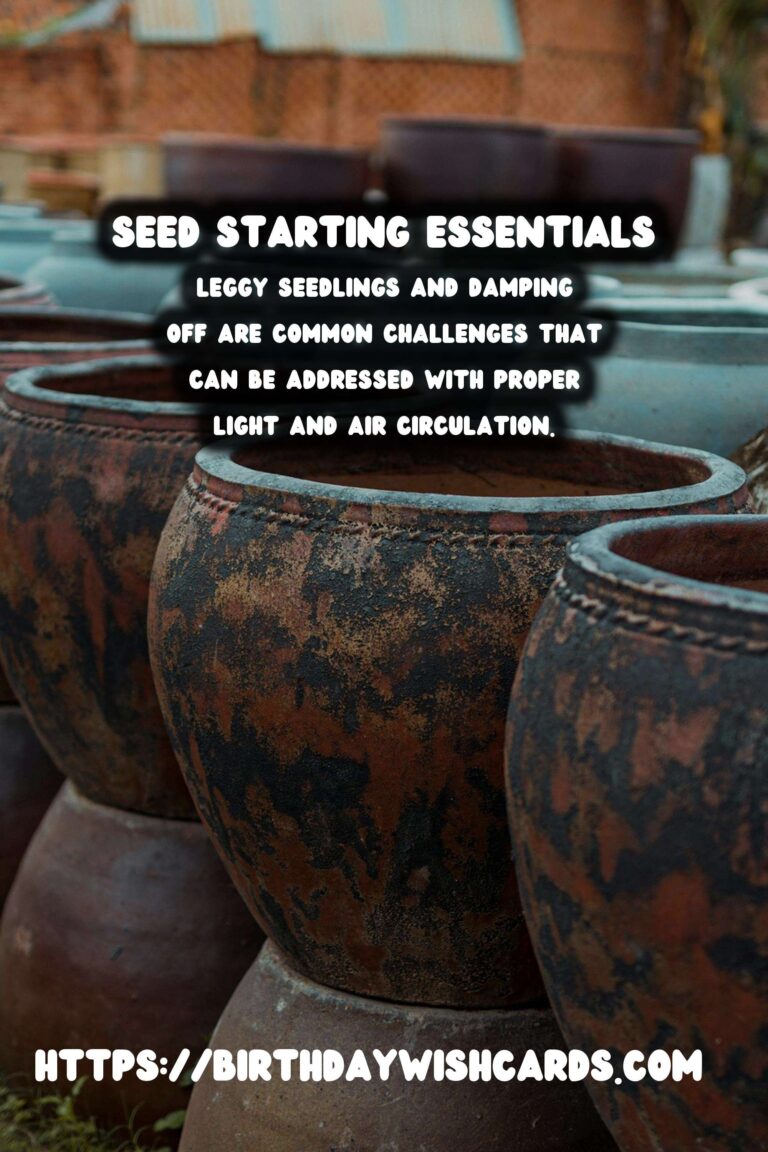
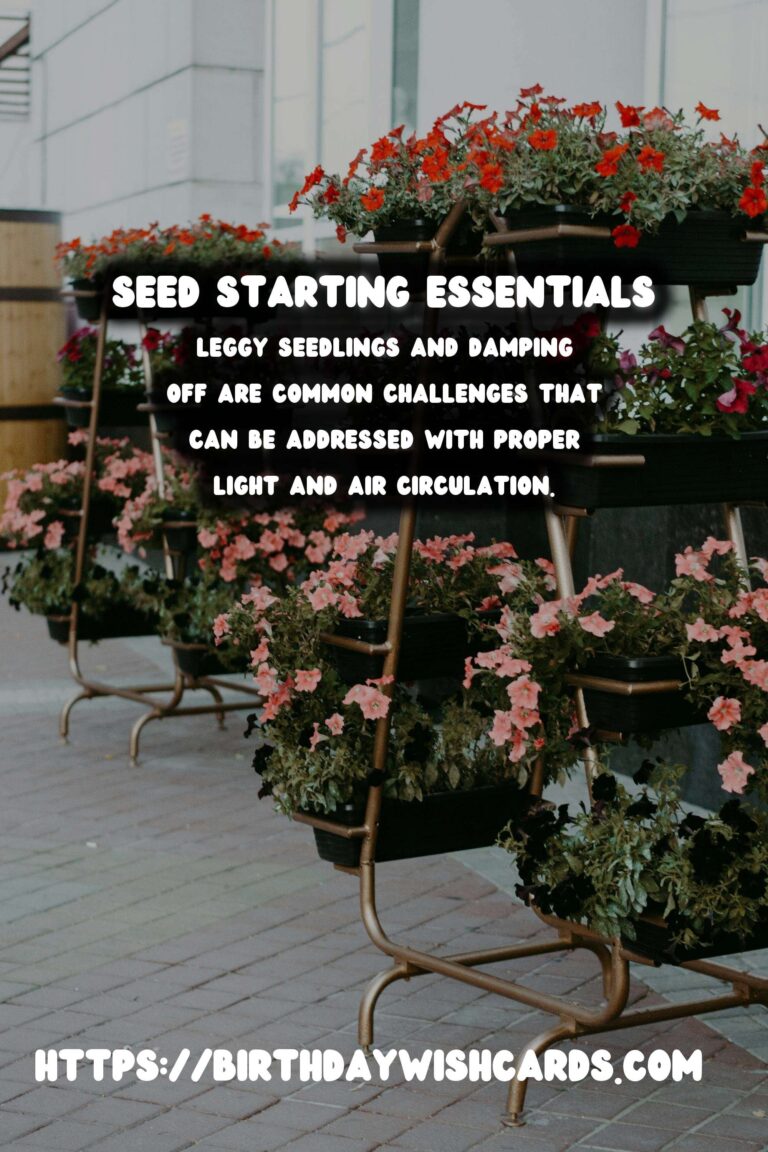
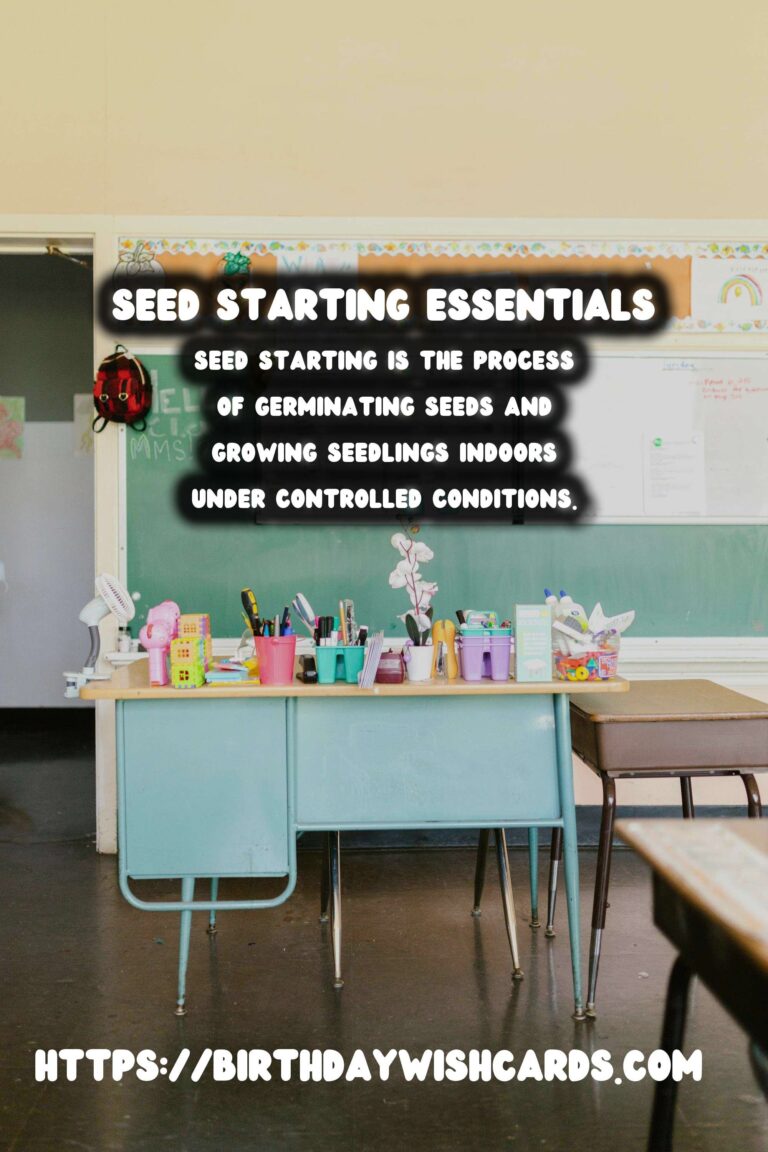
#SeedStarting #PlantPropagation #GardeningTips #IndoorGardening #GardenPlanning



